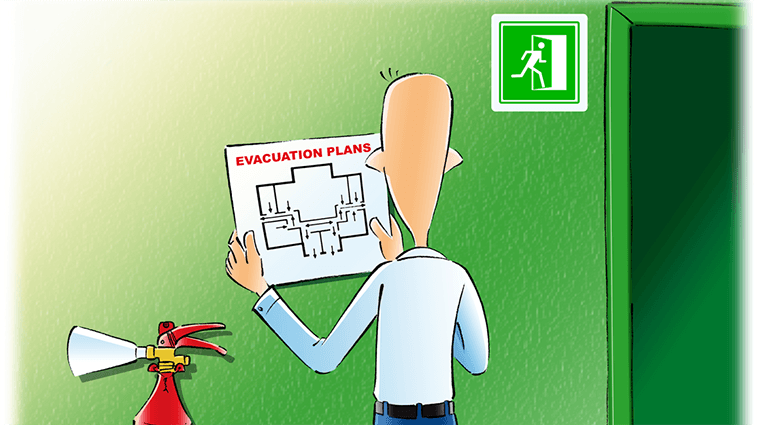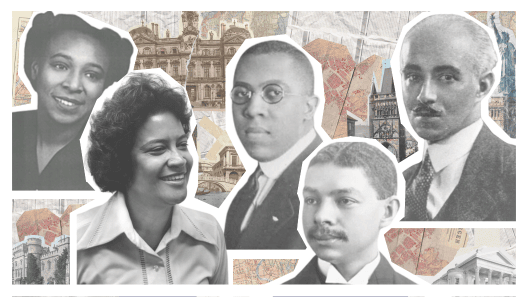
When is a Fire Protection Plan Required?
A Fire Protection Plan (FPP) is a detailed report of the life safety, fire safety and evacuation systems of a building. The plan includes narrative descriptions of the building, its safety systems and features along with drawings that denote all items within these systems.
When filing a New Building or Alteration Type I (change in use) Application, it is likely that you will need to submit a separate FPP. Article 109 of The New York City Building Code defines the types of buildings that require FPP’s. According to that article, you must provide an FPP when building, altering or changing the use of one of the following structures:
Case 1. All high-rise buildings (as defined by section 403 of the NYC Building Code).

Case 2. Buildings with the following occupancy groups that are two or more stories that are either more than 20,000 square feet per floor or have a gross footage of 50,000 square feet.

Case 3. Buildings within occupancy group A – Assembly with an assembly occupancy load of 300 or more persons.
Case 4. Buildings within occupancy group I – Institutional or occupancy group R-1 – Transient Residency, such as hotels, that are two or more stories and contain sleeping accommodations for 30 or more persons.
Case 5. Mixed use residential buildings with Residential Occupancies of 30 or more dwelling units with over 10,000 gross square feet of floor area used for occupancy groups A – Assembly, E – Educational, M – Mercantile or I – Institutional.
Case 6. Covered and open mall buildings designed according to section 402 of the NYC Building Code. Mall buildings, which cannot exceed three floor levels, enclose common pedestrian areas in which two or more tenants have direct access to one or more anchor buildings. The anchor buildings must have means of egress independent of the mall building and can be within any occupancy group except occupancy group H – High Hazard.
However, there are some exceptions for certain alterations. An FPP is not required if the scope of work meets all three of the following requirements:
- The alteration does not involve a change of use or occupancy;
- The alteration does not exceed $1,000,000; and
- The alteration does not create an inconsistency with the previous FPP.
If your project does not meet one or more of these waivers, consult a registered design professional to help prepare and file an FPP with the NYC Department of Buildings and Fire Department.
It is important to have an FPP in place for high occupancy buildings. Having an FPP is especially important for the FDNY to use as a reference in the event of a fire. Furthermore, in order to obtain certificates of occupancy, letters of completion or simply proceed with a job that fits one of the cases above, it is essential to have an FPP.
Got a project that needs code consultation or permit expediting? Contact us.












